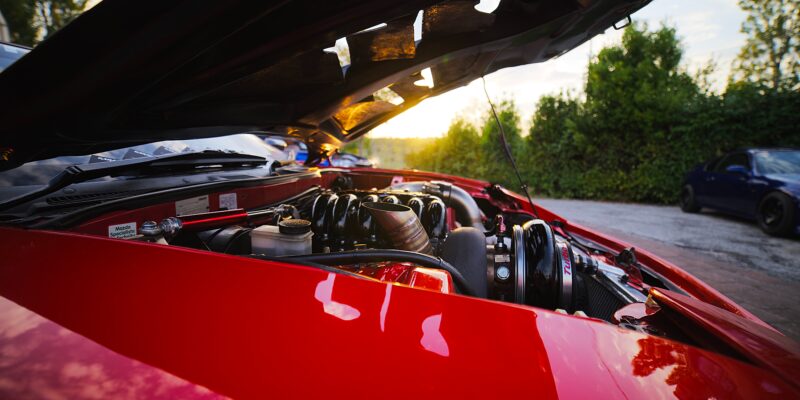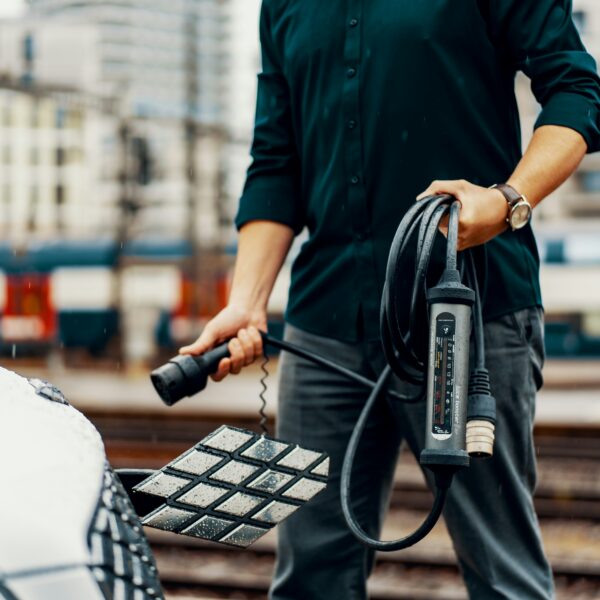Mechanic Tips & Tricks to Maintaining Your Vehicle
Most drivers rely on car repair advice from a certified mechanic when something goes wrong with their vehicle. While we agree, asking the experts is the best way to go, sometimes tackling the challenge yourself is even more satisfying. For those who want to improve their DIY mechanic skills, here’s a brief look at the best mechanic tips and tricks for understanding how to diagnose a problem or prevent it ahead of time.
5 mechanic tips and best kept secrets to taking care of your vehicle
Apart from your owner’s manual, drivers often depend on a licensed mechanic or professional automotive expert to answer any and all questions about their vehicle. As the adage goes, when in doubt, ask a professional! However, some car owners have the desire to figure out a problem the DIY way. Not only does this help you gauge the health of your vehicle in any type of circumstance, it makes you better prepared for when things go wrong.
To help our readers get more in-the-know about the basic mechanics of taking care of a vehicle, we’ve compiled a list of some of the best tips that fellow mechanics have shared over the years:
Tip #1: Newer vehicles require less frequent oil changes compared to older models
Owning a newer vehicle comes with a list of advantages. For instance, it has the ability to tell you exactly when your oil needs changing. There’s no requirement to keep an eye on your odometer reading to let you know its time. Fortunately, thanks to tech advancements and fuel injected motors, oil doesn’t get dirty nearly as fast as it used to either. Instead of having to swap out your motor oil every 3,000 miles, newer vehicles enjoy the edge of lasting 5,000-6,000 miles before an oil change is needed.
Disclaimer: Always check your owner’s manual to see the specifics for your personal vehicle. The amount of time you spend on the road and driving behaviors (i.e. speeding) can also have an affect on how quickly you burn through oil each year.
Tip #2: Flush out your cooling system more often than you think
If you’re unfamiliar with the functions of your vehicle, consider the cooling system an important one to know. Essentially, the cooling systems wears many hats. First, its primary purpose is to remove any excessive heat from the engine and cool it off. Second, it maintains engine operating temperature at all times. And lastly, the cooling system increases temperature at quick speeds to provide optimal vehicle performance. These functions, in other words, are imperative to the health and lifespan of your engine.
If you want your vehicle to last longer, it’s crucial to have the cooling system operating congruently together. Over the course of ownership, however, your vehicle’s coolant will become more acidic which can lead to internal damage if not addressed and subsequent problems. Car parts like hoses, belts, and the radiator become more susceptible to damage and erosion when the cooling system is defective.
Tip #3: Never neglect your fuel filter
The fuel filter is a car part that is not easily visible or known about. With that said, forgetting to replace your fuel filter may lead to a series of problems down the line. Examples include premature wear and tear on your vehicle and ongoing issues with your engine’s performance. If you have trouble starting your car or notice loud noises coming from the engine compartment, it’s a good idea to check in on the condition of your fuel filter.
In fact, many mechanics recommend having your fuel filter checked at least once a year to ensure your engine is running without any obstructions.
Tip #4: Understand tire tread
Tires are a huge part of your safety on the road. Therefore, when those rubber wheels start to fade, it’s important to know exactly when the time has come for a replacement. Most automotive experts would insist learning about tire tread and understanding the dangers of driving on worn out tires. Generally speaking, front tires often lose tread the fastest because they handle the bulk of the braking and steering functions.
One of the easiest DIY hacks to determine safe tread conditions is the penny trick. Simply stick the penny between the tread ribs on your tire with Lincoln’s head facing downwards. If you can barely see the top of his head, you know it’s time for new tires. Before investing in new tires, double check the size and type that’s required to drive your vehicle. Some mechanics will try to upsell you and cost you more than what you need.
Tip #5: Visibility is everything
Having trouble seeing at night? It’s likely your headlights have lost their efficacy. For drivers that don’t know much about the operational functions of a car, this is one car part that tends to get overlooked yet it’s arguably one of the most important. While this may not be a mechanic secret, sometimes drivers aren’t aware of how much bulb brightness can impact your driving skills, particularly at night or in inclement weather conditions.
Failure to clean or replace your headlights can end up costing you more over time and put your life in immediate danger. That said, when you begin to notice a yellowish film over your headlights or even less visibility at night, take a moment or two to self-evaluate the condition of your headlamps.
In our opinion, a great mechanic will offer up the best tricks of the trade to better help drivers know when and how to approach a problem with their vehicle. While the owner’s manual remains your best guide, we hope these tips help you to stay in-tune with your vehicles’ needs before it becomes a risk to your safety.
















